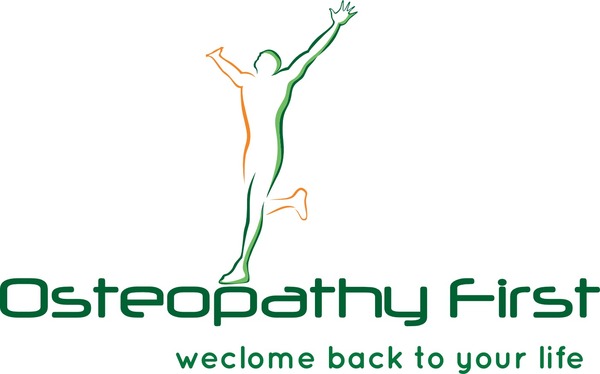Book an Appointment
Welcome to our online booking site
Osteopathy
What is Osteopathy?
Osteopathy is a distinct approach to healthcare based on the understanding that the body is an integrated and interrelated system. Rooted in the principles of anatomy, physiology, and biomechanics, osteopathic medicine emphasizes the interrelationship between the body’s nerves, muscles, bones, and other organic systems. Unlike conventional treatment modalities that often focus on alleviating symptoms, osteopathy aims to identify and treat the root cause of your ailment.
What to Expect During Osteopathy Session?
Upon your arrival, Osteopath will start with a comprehensive medical history review and a thorough physical examination. You may undergo diagnostic tests such as range-of-motion assessments or palpations, as needed. Once the core issues are identified, a personalized treatment plan will be created. The session may include a range of osteopathic techniques including but not limited to joint mobilization, soft tissue manipulation, and craniosacral techniques.
Osteopathic techniques have been shown to be effective in a broad array of conditions including:
1- Musculoskeletal pain (e.g., back pain, neck pain, and arthritis)
2- Headaches and migraines
3- Postural issues
4- Digestive problems
5- Respiratory conditions (e.g., asthma)
6- Chronic fatigue syndrome
7- Sports injuries
The benefits of osteopathic treatment are multifaceted and extend beyond immediate symptom relief. Here are some key advantages:
- Holistic Approach: Considers the entire body, rather than isolating a single area for treatment.
- Preventative Care: Identifies underlying issues that may prevent future problems.
- Enhanced Mobility: Improves joint mobility and muscle function, leading to a more flexible and stronger body.
- Reduced Pain: Many patients experience significant reductions in pain and discomfort, often without the need for medication.
- Improved Quality of Life: With the alleviation of symptoms and improvement in bodily functions, patients often report a noticeable enhancement in their overall well-being and daily activities.
Craniosacral Therapy
What is Craniosacral Therapy?
Craniosacral Therapy (CST) is a specialized form of osteopathic treatment that focuses on the craniosacral system—comprising the skull, spine, and sacrum. It is based on the principle that subtle movements within this system can influence the functioning of the central nervous system and, by extension, overall health. CST employs gentle, non-invasive manipulations aimed at detecting and correcting imbalances in the craniosacral fluid and related structures.
What to Expect During a Craniosacral Therapy Session:
Upon your initial visit, your Osteopath will perform a detailed assessment to evaluate the state of your craniosacral system. The session will usually involve you lying down on a treatment table, fully clothed. your Osteopath will apply light touch at various points on your head, spine, and pelvis to assess and modulate the craniosacral rhythm. Subsequent sessions will build upon these findings, employing more specific manipulations tailored to your needs.
Craniosacral Therapy has been shown to be effective for a variety of conditions, including but not limited to:
1- Migraines and headaches
2- Chronic neck and back pain
3- Stress and tension-related issues
4- Temporomandibular joint (TMJ) disorders
5- Post-traumatic stress disorder (PTSD)
6- Pediatric conditions such as colic and developmental delays
Patients may experience several benefits from Craniosacral Therapy:
- Deep Relaxation: Many patients report a deep sense of relaxation during and after treatment.
- Reduced Symptoms: Effective in reducing symptoms of stress, tension, and pain.
- Holistic Healing: Addresses the body as a whole, not just isolated symptoms, for more comprehensive healing.
- Enhanced Bodily Functions: Can improve physiological functions related to the nervous system, circulatory system, and musculoskeletal system.
- Safety and Compatibility: Non-invasive and gentle, making it suitable for patients of all ages, including infants and the elderly.
Select a treatment
from the list on the left
to view available appointment times

Need Help? 365-297-7572 ernest@opfirst.ca
